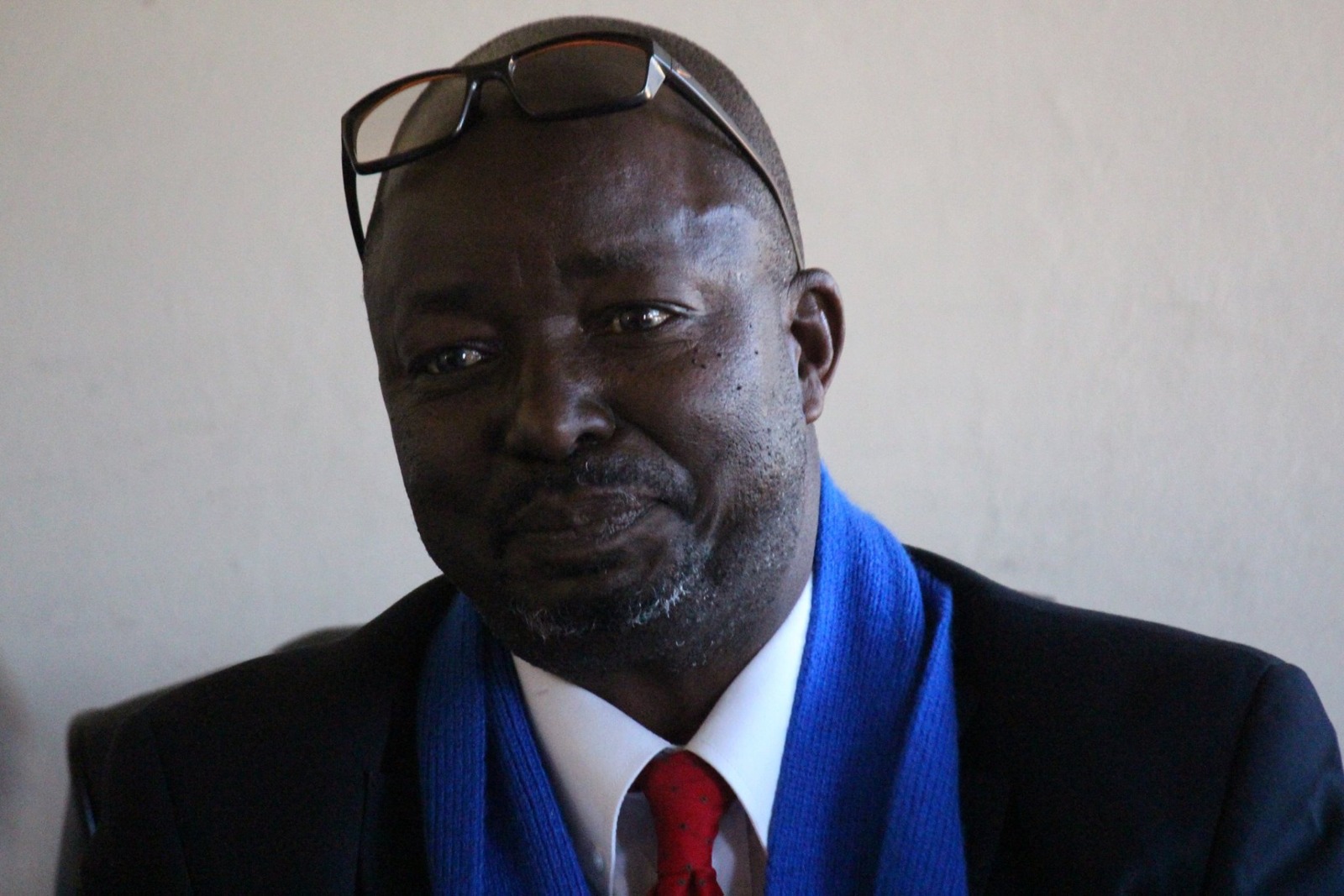A TEAM of healthcare professionals tend to us when we are ill or in need of medical attention. This team comprises nurses, doctors, radiographers, laboratory technicians and others with specific skills or expertise to offer, depending on the care needed.
The first contact that a patient has at a clinic or hospital is with a nurse. This is also the frontline person of a medical team in the event of hospitalisation, constantly around to keep a watchful eye.
Today is International Nurses Day as around the world 12 May is set aside each year to recognise and celebrate the contributions made by nurses to society. So spare a thought for those who choose this all too often unrecognised profession as a career.
Nurses are not the focus of today’s column, but hospital and schools are, and more specifically the importance of public private sector partnerships.
Known more widely by the acronym PPP or as abbreviations 3P or P3, in summary it is a business partnership arrangement between government and a private sector entity.
The aim is to develop and then run, for the benefit of the country and its people, infrastructure in the form of roads, dams and bridges or facilities such as schools, hospitals, libraries, community centres and sports grounds.
The private sector partner in a PPP programme funds the cost of infrastructure development and then derives a reward over a predetermined time span, in the form of a return on its investment.
So when a road or bridge is built, the private entity gains from a user fee or toll, and from a dam or power generating facility, the water or electricity consumption fee.
Tax incentives normally become the benefit or incentive for a private entity to build and run a school, clinic or library.
Tax payers benefit in many ways from PPP programmes, including being spared the financial burden associated with construction, the cost related to management and maintenance or upkeep.
Remember everybody in a country pays tax in one form or another, be it as personal tax, value added tax or by levies and fees. An added benefit is that ownership of the development reverts to the people after an agreed timeframe and thereby becomes a national asset.
Most sports facilities around Namibia have been developed on land made available by the local municipality at either a nominal cost or under a long term lease and token rental.
Locals benefit in perpetuity from a sporting facility that a municipality could not build, let alone fund the maintenance.
The same applies to showgrounds or exhibition parks. It becomes part of a local economic development promotion strategy. Such developments are also PPP programmes.
There are non conventional models of PPP arrangements too.
A version applied by the social entrepreneurial entity with which I am associated with, with tremendous foresight and support of a German development agency, played a lead role in the creation of business opportunities in the form of hardware and building material supply outlets at Okakarara, Uis and Aminuis.
The same PPP enterprise and entrepreneurial development model was applied to compile and publish a directory of providers of goods and services to the movie making industry.
The programme was then expanded to fund the showcasing of Namibia as a film making destination at an international film producer’s forum. Others take credit, but undoubtedly it played an important part in attracting the makers of blockbuster movies to Namibia.
An exciting development, in the spirit of public private sector cooperation, is the new PPP Unit in the Ministry of Finance, established to promote and manage PPP programmes. It offers excellent business with a development slant opportunities not to be missed by corporate Namibia.
Stay informed with The Namibian – your source for credible journalism. Get in-depth reporting and opinions for
only N$85 a month. Invest in journalism, invest in democracy –
Subscribe Now!






